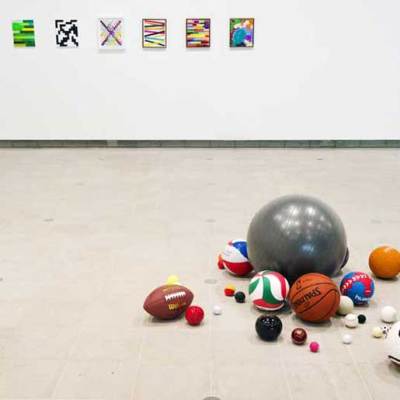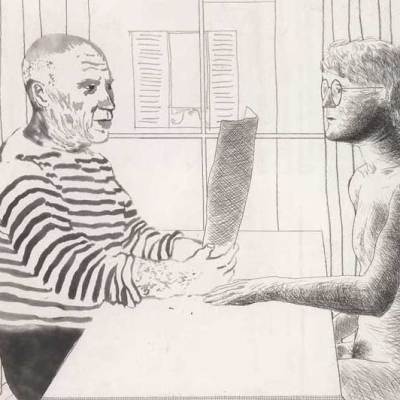A group of nine collectors filed a $40 million lawsuit against the Keith Haring Foundation on Friday.
The suit argues that the Foundation’s public labelling of around 80 artworks as fake, and refusal to re-evaluate them, has destroyed their value. According to the suit, the collectors began buying works by Haring in 2007 from friends of the artist, but the foundation rejected the works’ authenticity that same year, and refused to consider evidence subsequently provided by the plaintiffs which might have established their provenance. The suit alleges that the foundation has ‘limited the number of Haring works in the public domain, thereby increasing the value of the Haring works that the foundation and its members own or sell.’
The foundation decided to dissolve its authentication committee in September 2012 to focus on its charitable goals. It filed its own lawsuit against the organisers of ‘Haring Miami’ last March, arguing that most of the paintings on display were counterfeits. The artworks were removed, and failed to sell, the complaint said.
This is the latest of a number of legal disputes and related debates to arise in recent years. Many authentication boards, including the Warhol and Basquiat committees, now refuse to evaluate artworks for fear of litigation, leaving people unable to verify items in their possession. Can these legal tug-of-wars, with their claims and counter-claims and stubborn lack of collaboration, ever really serve the cultural legacy of the artists in question?



